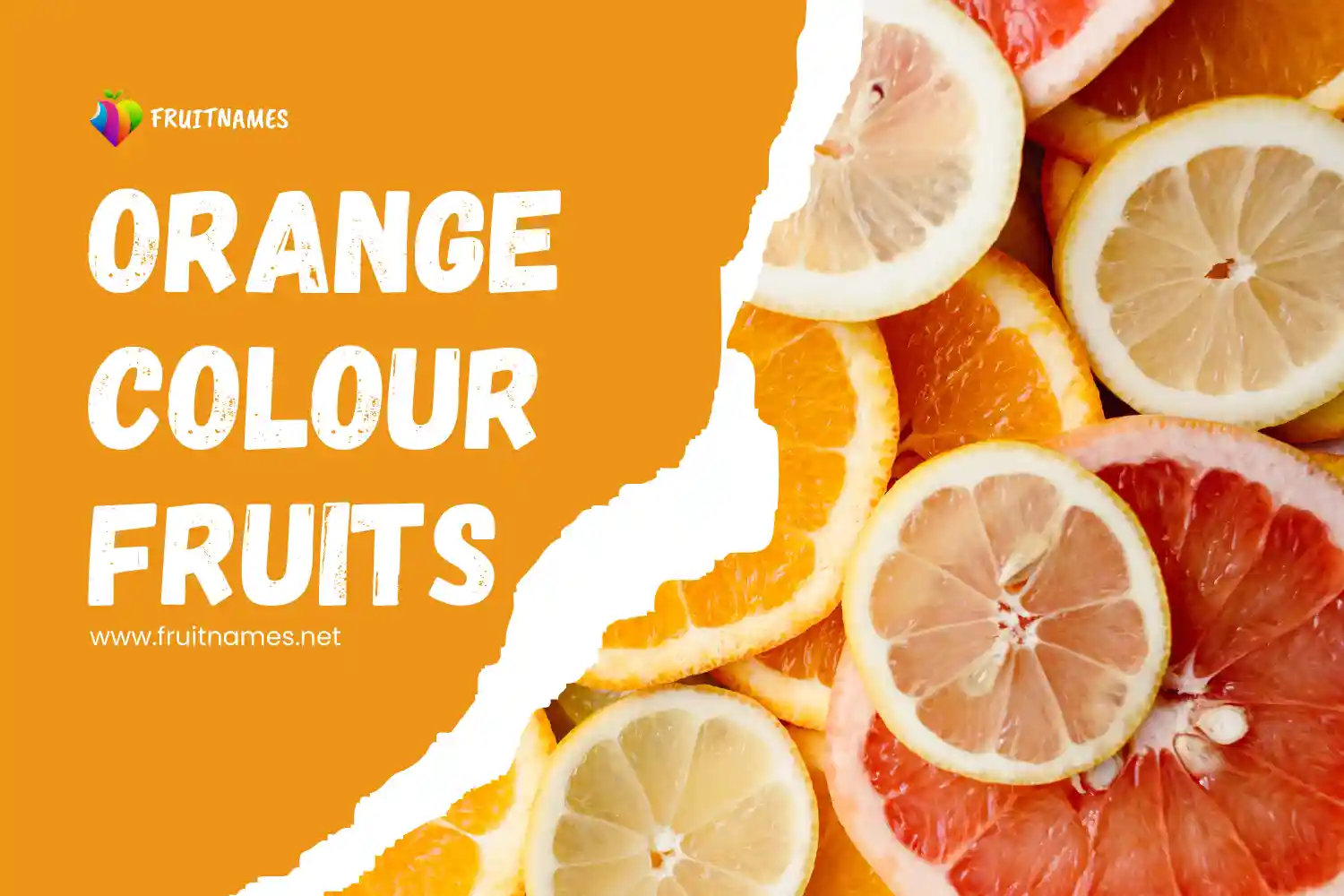Embrace the vibrant world of orange-hued fruit names, a palette bursting with deep colour and a wealth of nutritional goodness. From the irresistible sweetness of oranges to the robust earthiness of pumpkins, these fruits captivate the senses and offer a symphony of health benefits. The warm and radiant tones of orange in fruits indicate the presence of beta-carotene, a powerful antioxidant and precursor to vitamin A, essential for maintaining healthy vision, skin, and immune function.
One cannot overlook the succulent allure of peaches and apricots. Their juicy orange flesh is a testament to the wealth of vitamins and minerals they bring. These fruits boast high levels of vitamin C, promoting collagen formation for supple skin and playing a crucial role in immune support. Dive into the world of papayas, where the tropical sweetness harmonises with enzymes like papain, aiding digestion and fostering a healthy gut.
Orange Delights: Exploring the Health Benefits of Vibrant Fruits
Orange-coloured fruits offer various health benefits thanks to their rich vitamins, minerals, and antioxidants. Here are some key health benefits associated with including orange fruits in your diet:
- Rich in Vitamin C: Oranges, peaches, and apricots are packed with vitamin C, a potent antioxidant that supports the immune system, helps the body absorb iron, and promotes skin health.
- Vision Protection: Orange fruits like mangoes and papayas contain beta-carotene, a precursor to vitamin A, essential for maintaining healthy vision and preventing night blindness.
- Healthy Skin: The combination of vitamin C and beta-carotene in orange fruits contributes to collagen formation, promoting skin elasticity and helping to combat signs of ageing.
- Digestive Health: With their enzyme papain, Papayas aid digestion by breaking down proteins. This can contribute to a healthier digestive system and alleviate digestive issues.
- Heart Health: Oranges and other citrus fruits contain flavonoids, which may help reduce blood pressure and lower the risk of cardiovascular diseases.
- Anti-Inflammatory Properties: The antioxidants in orange fruits have anti-inflammatory properties that can help reduce inflammation, contributing to overall health and well-being.
- Cancer Prevention: Antioxidants, including beta-carotene, may help protect cells from damage and reduce the risk of certain cancers.
- Boosted Immunity: The combination of vitamins, particularly vitamin C and antioxidants in orange fruits, strengthens the immune system, making the body more resilient to infections and illnesses.
- Improved Hydration: Fruits like watermelon contribute to hydration due to their high water content, supporting overall bodily functions and promoting healthy skin.
- Weight Management: The fibre content in many orange fruits, such as oranges and apricots, aids in digestion and helps create a feeling of fullness, supporting weight management.
- Bone Health: Oranges and other citrus fruits contain minerals like calcium and magnesium, contributing to bone health and reducing the risk of osteoporosis.
- Improved Eye Health: The antioxidants in orange fruits, particularly beta-carotene, may help reduce the risk of age-related macular degeneration, supporting overall eye health.
- Natural Energy Boost: The natural sugars and carbohydrates in orange fruits provide a quick and sustainable energy boost, making them healthy.
- Alkalising Properties: Some orange fruits, like oranges and lemons, have alkalising properties that help balance the body’s pH levels, promoting overall health.
Shades of Orange: A Guide to Different Types of Orange Fruits
Numerous orange fruits are available, each with a unique flavour, texture, and nutritional profile. Here are some well-known orange fruits:

- Oranges: Varieties include Valencia, Navel, Blood Orange, and Clementine.
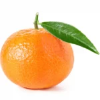
- Mandarins: This includes varieties like Satsuma, Clementine, and Tangerine.
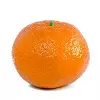
- Tangelos: A hybrid of tangerines and grapefruits, such as Minneola and Orlando.

- Clementines: A type of mandarin orange known for its sweet and easy-to-peel characteristics.
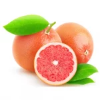
- Grapefruits: Varieties include Ruby Red, Pink, and White.

- Pomelos: Large citrus fruits with a sweet and mild flavour.
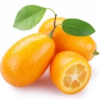
- Kumquats: Tiny, oval citrus fruits eaten whole, with a sweet peel and tangy flesh.
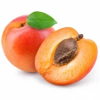
- Apricots: Small, round fruits with velvety skin and a sweet, juicy interior.
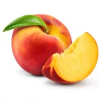
- Peaches: Known for their fuzzy skin and sweet, juicy flesh.

- Mango: Tropical fruits with sweet and often juicy flesh.
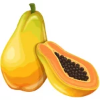
- Papayas: Large, tropical fruits with orange flesh and a sweet taste.

- Cantaloupes: A type of muskmelon with sweet orange flesh.
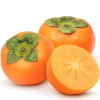
- Persimmons: Varieties include Fuyu and Hachiya, with a sweet, honey-like taste.

- Pumpkins: While often associated with vegetables, pumpkins are fruits with orange flesh.

- Watermelons: Some varieties have orange flesh and are known for their sweet taste.

- Nectarines: Similar to peaches but with a smooth skin.
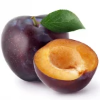
- Plums (certain varieties): Some p, like Mirabelle plums, have orange fleshlums.

- Pineapples: Tropical fruits with sweet and tangy yellow-orange flesh.
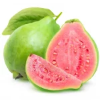
- Guavas: Tropical fruits with fragrant, orange-coloured flesh.
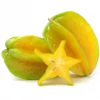
- Star Fruit: Carambol Some varieties have an orange when ripe hue when ripe.
Unlocking the Goodness: Exploring the World of Orange Fruits
Certainly! Here are explanations for 10 common fruits with orange colour:
Oranges:

- Description: Oranges are round citrus fruits with a thick orange peel and segmented, juicy flesh inside.
- Flavor: Sweet and citrusy.
- Nutritional Highlights: Rich in vitamin C, fibre, and antioxidants.
Mandarins:

- Description: Mandarins are smaller citrus fruits, often easy to peel, and have a sweet aroma.
- Flavor: Sweet and tangy.
- Nutritional Highlights: High in vitamin C, fibre, and natural sugars.
Tangerines:

- Description: Tangerines are a type of mandarin orange known for their loose, thin skin and sweet taste.
- Flavor: Sweet and slightly tart.
- Nutritional Highlights: Good source of vitamin C and fibre.
Grapefruits:

- Description: Grapefruits are large citrus fruits with thick, bitter skin and juicy, segmented flesh.
- Flavor: Sweet with a hint of bitterness.
- Nutritional Highlights: High in vitamin C, fibre, and antioxidants.
Papayas:

- Description: Papayas are tropical fruits with orange flesh and green or yellow skin.
- Flavor: Sweet and musky.
- Nutritional Highlights: Rich in vitamin C, vitamin A, and digestive enzymes.
Cantaloupes:

- Description: Cantaloupes are round melons with net-like skin and sweet, orange flesh.
- Flavor: Sweet and juicy.
- Nutritional Highlights: High in vitamin A, vitamin C, and hydration.
Apricots:

- Description: Apricots are small, round fruits with velvety skin and a single, hard seed.
- Flavor: Sweet and slightly tart.
- Nutritional Highlights: Good vitamin A, vitamin C, and fibre sources.
Nectarines:

- Description: Nectarines are similar to peaches but have smooth skin. They come in various colours, including orange.
- Flavor: Sweet and juicy.
- Nutritional Highlights: Rich in vitamin C, vitamin A, and dietary fibre.
Peaches:

- Description: Peaches have fuzzy skin and juicy, sweet, fragrant flesh.
- Flavour: Sweet with a hint of tartness.
- Nutritional Highlights: High in vitamin C, vitamin A, and antioxidants.
Mangoes:

- Description: Mangoes are tropical fruits with smooth, golden-orange skin and juicy, fibrous flesh surrounding a large seed.
- Flavor: Sweet and tropical.
- Nutritional Highlights: Rich in vitamin C, vitamin A, and dietary fibre.
Colourful Delights: Embracing the Seasons with Orange Fruits
The availability of orange fruits can vary by season and region. Here are some orange fruits that are commonly associated with specific seasons:
Spring:
- Apricots: These small, velvety fruits are often in season during late spring, offering a sweet and slightly tart flavour.
Summer:
- Peaches: Juicy and fragrant peaches are typically in season during summer, delighting taste buds with their sweet taste.
- Nectarines: Similar to peaches, nectarines, with smooth skin, are also summer delights.
- Mangoes: Tropical mangoes are at their best during the summer, offering a burst of sweetness and a tropical flair.
- Papayas: With their vibrant orange flesh, papayas are often available in the summer months, providing a tropical and refreshing taste.
- Cantaloupes: These melons peak in the summer, offering a sweet and juicy treat.
Fall:
- Persimmons: Certain varieties of persimmons, like Fuyu and Hachiya, are in season during the fall, showcasing their sweet and honey-like taste.
- Pumpkins: While often associated with autumn decor, pumpkins are indeed fruits harvested in the fall, offering versatility in sweet and savoury dishes.
Winter:
- Oranges: While oranges are available throughout the year, certain varieties, like Blood Oranges, are more commonly found in winter.
- Tangerines and Clementines: These citrus fruits are often en
Conclusion
the vibrant spectrum of seasonal orange fruits not only tantalises our taste buds but also reflects the ever-changing tapestry of nature. From the succulent peaches and nectarines of summer, embodying the warmth of sun-kissed days, to the crisp persimmons and pumpkins of fall, evoking the rich hues of autumn landscapes, each season brings forth a unique array of orange treasures.
As we savour the sweet juiciness of mangoes and papayas in the heat of summer or relish the comforting flavours of oranges and tangerines during the winter chill, we are reminded of the cyclical nature of the harvest. These fruits provide a burst of natural sweetness and deliver essential vitamins, antioxidants, and fibre, contributing to our overall well-being.
Frequently Asked Questions (FAQ’s).
Are all orange fruits available year-round?
While some fruits, like oranges and mangoes, are available throughout the year, others, such as peaches and persimmons, have specific seasons.
When is the best time to enjoy apricots?
Apricots are typically in season during late spring and early summer.
What makes mangoes a summer fruit?
Mangoes thrive in tropical climates; their peak season aligns with warmer summer months.
Are nectarines and peaches the same fruit?
Nectarines are a variety of peaches with smooth skin, and both are enjoyed during the summer.
Which varieties of persimmons are available in the fall?
Fall brings the sweetness of Fuyu persimmons and the honey-like taste of Hachiya persimmons.
Can I find pumpkins outside of the fall season?
Pumpkins are traditionally harvested in the fall, but canned pumpkin is available year-round.
Why are oranges associated with winter?
While oranges are available throughout the year, certain varieties, like Blood Oranges, are more prevalent in the winter.
What’s the difference between tangerines and clementines?
Tangerines and clementines are similar, but they are a specific variety of tangerines known for their sweetness and easy peeling.
Are persimmons and pumpkins considered tropical fruits?
No, persimmons and pumpkins are not tropical; they are typically grown in temperate climates.
Can I find seasonal orange fruits at a local farmers’ market?
Farmers’ markets often feature seasonal, locally grown orange fruits at their freshest.
What’s the nutritional value of these fruits during their respective seasons?
The nutritional content varies, but seasonal orange fruits are generally rich in vitamins, antioxidants, and fibre.
Are there any specific recipes highlighting seasonal orange fruits?
Yes, recipes like peach cobbler, mango salsa, and pumpkin soup showcase the unique flavors of these fruits in various culinary creations.
Can I freeze seasonal orange fruits for later use?
Yes, many orange fruits can be frozen for extended enjoyment, such as sliced peaches or pumpkin puree.
Are there any rare or exotic orange fruits not mentioned here?
Yes, certain regions may have unique orange fruits not covered, and exploring local specialties can unveil hidden gems.

Balaji KVR, a passionate botanist and plant enthusiast with a strong academic background in plant biology. My journey at Botany Lane Greenhouse has been nothing short of exhilarating. Here, I delve deep into the world of plants, conducting extensive research, identifying unique species, and ensuring their optimal growth.
My expertise extends to propagation techniques, disease management, and meticulous plant care. I’m dedicated to creating the perfect environment for plants, focusing on maintaining precise conditions and utilizing innovative methods. Beyond my green endeavors, I actively engage in educational initiatives, workshops, and tours, aiming to foster a deeper understanding and love for the fascinating botanical realm.

